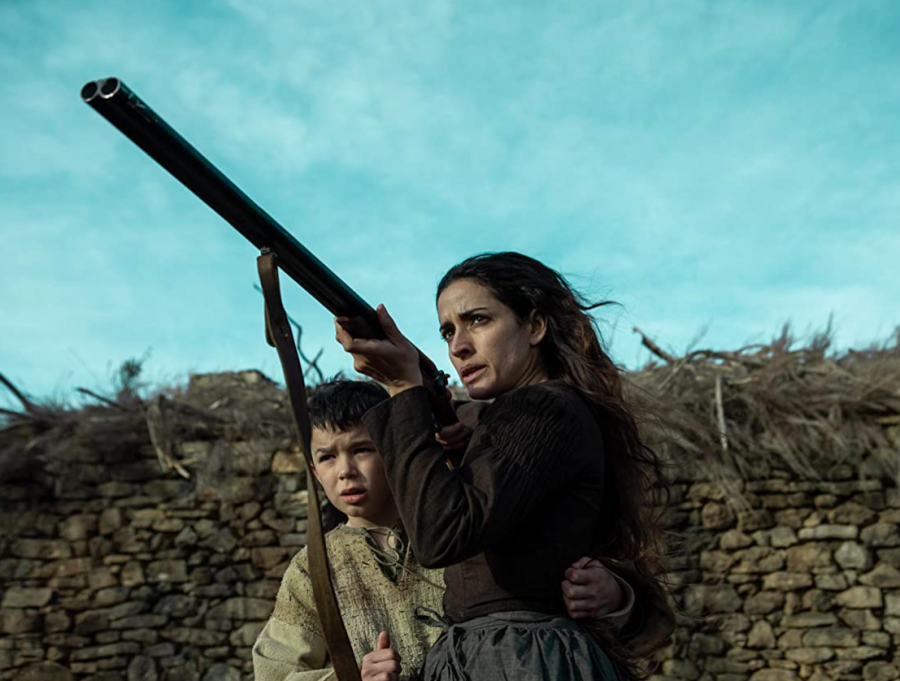A scenic landscape with wavy hills, green due to low, dense trees carpeted with wild flowers catches the eye in a documentary about the Coyote Valley, luring nature lovers to hike in the wilderness. A slim young woman guides the cinematic trip and explains what can be seen in the landscape, telling about the rich wildlife in this terrain and calling upon everyone to take some action to help preserve this beautiful land.
Her name is Mary Poffenroth, and she is the producer, host and executive director of the documentary. She is an instructor of environmental studies at De Anza College. The film, “Connecting People, Connecting Wildlife,” created by faculty and students of the Environmental Studies department at De Anza College, shows the beauty in the Coyote Valley and explains the Center’s main goal of preserving this beauty, which includes more than 170 species of birds and over 25 species of mammals. This film is a result of field trips that are part of environmental science classes.
“Every one of us has the power to make positive changes for ourselves, species and the planet,” Poffenroth says in the film.
“We wanted to create an engaging community outreach tool to inform people about the immense value of Coyote Valley and our student program,” says Poffenroth. The film mentions that Coyote Valley was marked as “Scenic America last chance landscape,” a federal landmark that includes nine more reserves of exceptionally valuable wildlife that is under threat of extinction due to development of the area.
The documentary suggests that viewers address local lawmakers’ concerns about the state of the wildlife in the valley. The film also suggests going to a forest to hike and experience the beauty of our nature as a first step toward developing respect and love for the environment.
ES 80Z provides a one day-long field trip that usually includes a hike and a trip to a solar-powered home. ESCI19 generally has about six trips into wild natural areas around the college. While emphasizing the extraordinary value of Coyote Valley, Poffenroth takes students on trips to different places to explore different ecosystems. Students go to Rancho San Antonio, Coyote Valley, Santa Theresa County Park, the Palo Alto Baylands, and Alviso.
“Depending on the location, our teaching varies but usually includes bird watching, plant identification, mammal identification, general field techniques, and general outdoor skills, as well as activities that I specifically geared toward the location,” Poffenroth says.
While the trips require hiking and dealing with wilderness, they are manageable for students and faculty members of all fitness levels and ages.








